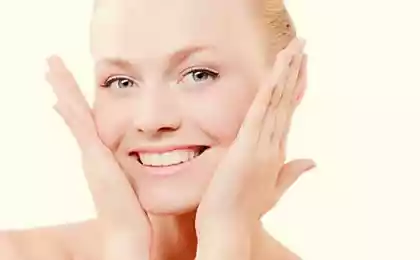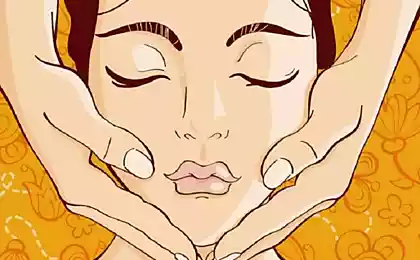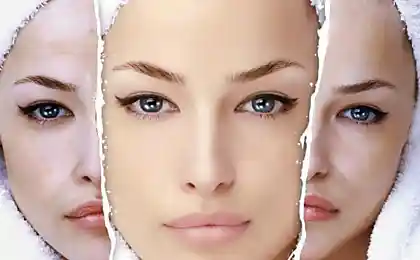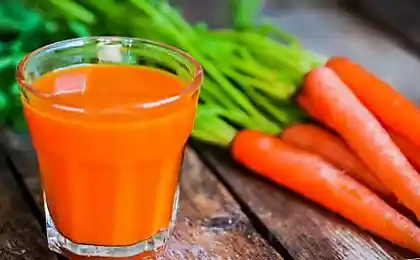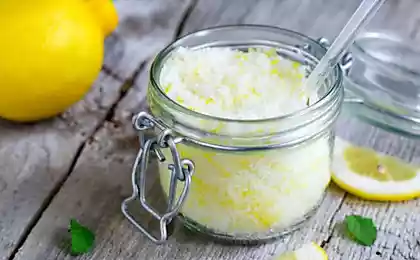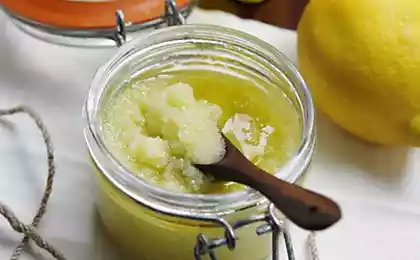490
The chemical peeling. Why is he still popular?
Despite the existence of many other procedures for skin rejuvenation, chemical peeling is not losing ground and are still among the five most effective.
What is chemical peel?
A chemical peel is a procedure that is performed to improve the skin or treat certain diseases. The essence of chemical peeling is the skin chemical exfoliating substance that destroys certain areas of the skin with further regeneration and rejuvenation. Chemical peels used in cosmetics (the bad kind of skin, uneven tone, dyschromia and wrinkles) and therapeutic (solar keratosis, acne, postpreview scars, vitiligo) purposes. Chemical peels can be applied locally, for example, in cases of periorbital pigmentation or rhinophyma. Peels for the body should be carried out very carefully because these areas will recover slowly compared to the face. Solutions for chemical peels are prepared by pharmacists or sold in ready to use form. Basically, it refers to superficial peels, peels for deeper penetration, usually made by doctors. Assessing patient readiness for peeling, should pay attention to history, you need to consider its overall state of health, allergic reactions, bad habits, did the patient before the cosmetic procedures, etc. For superficial peels, there is virtually no specific contraindications. With regard to treatments with deeper penetration of the peeling, it requires that the patient was physically and mentally stable, able and willing to perform all postprotsedurny instructions. Pregnant and lactating women and such procedures are forbidden.
See also: "Stretch marks: how to get rid of them?"
Classification of chemical peels
Chemical peels are divided into three categories depending on the depth of penetration: superficial, medium and deep. Superficial peels work only on the epidermis; medium depth peels penetrate completely into the epidermis and the papillary layer of the dermis; deep peels penetrate to the middle mesh layer of the dermis. The depth of peeling depends on many factors, such as the type used in chemical element, its concentration, the condition and mode of application. There is a direct relationship between the depth of the procedure, the level of discomfort and recovery time after the procedure, risk of complications and intensity to improve the overall condition of the skin.
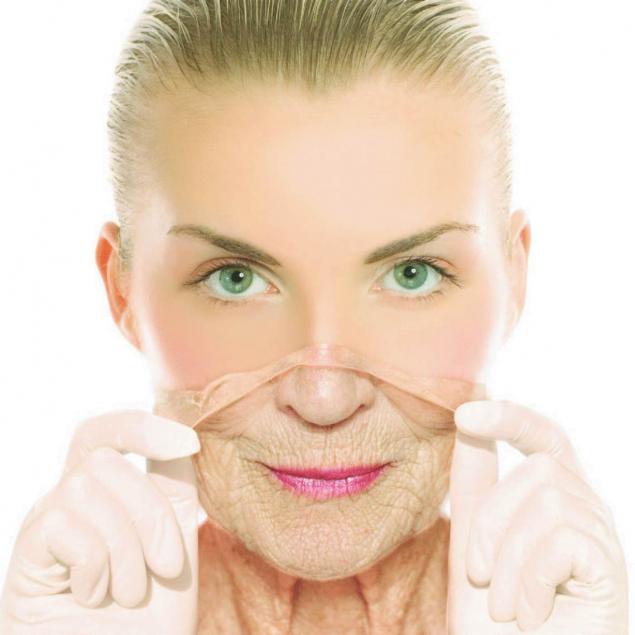
1. Shallow peels. Used to "freshen" the skin, improving its texture and tone, and also help in the treatment of acne and superficial pigment disorders. The ideal candidate for the procedure superficial peel is a person with a medium degree of damage to the skin and dyschromia, which is an important minimal recovery period and who is willing to pass a series of treatments to achieve the desired results. Superficial peels do not eliminate the wrinkles and deep pigmentation.
2. Peels of medium depth. The main indications for such peels – dyschromia (solar lentigines), numerical solar keratosis and changes in the structure of the skin. Postpreview wrinkles and scars may disappear only partially.
3. Deep peels. Indications: dyschromia, wrinkles, premalignant skin tumors and postpreview scars. Deep peels are the most effective non-surgical methods of recovery of the skin.
Complications
The risk of potential complications increases with increasing penetration depth peeling including the following: changes in pigmentation (Hyper - and hypopigmentation), scarring, infection, itching, changes, structre skin, Milia, pustular rash. The most dangerous complication of peels are based on phenol is cardiotoxicity. In 6% of cases there is an arrhythmia, but it can be avoided in case of proper procedure.

Conclusion
Chemical peeling is a powerful and inexpensive way to make a wide impact in aesthetic medicine. Chemical peels can be performed together with other procedures, such as surgery, dermal fillers and toxic effects.
Source: estet-portal.com/
What is chemical peel?
A chemical peel is a procedure that is performed to improve the skin or treat certain diseases. The essence of chemical peeling is the skin chemical exfoliating substance that destroys certain areas of the skin with further regeneration and rejuvenation. Chemical peels used in cosmetics (the bad kind of skin, uneven tone, dyschromia and wrinkles) and therapeutic (solar keratosis, acne, postpreview scars, vitiligo) purposes. Chemical peels can be applied locally, for example, in cases of periorbital pigmentation or rhinophyma. Peels for the body should be carried out very carefully because these areas will recover slowly compared to the face. Solutions for chemical peels are prepared by pharmacists or sold in ready to use form. Basically, it refers to superficial peels, peels for deeper penetration, usually made by doctors. Assessing patient readiness for peeling, should pay attention to history, you need to consider its overall state of health, allergic reactions, bad habits, did the patient before the cosmetic procedures, etc. For superficial peels, there is virtually no specific contraindications. With regard to treatments with deeper penetration of the peeling, it requires that the patient was physically and mentally stable, able and willing to perform all postprotsedurny instructions. Pregnant and lactating women and such procedures are forbidden.
See also: "Stretch marks: how to get rid of them?"
Classification of chemical peels
Chemical peels are divided into three categories depending on the depth of penetration: superficial, medium and deep. Superficial peels work only on the epidermis; medium depth peels penetrate completely into the epidermis and the papillary layer of the dermis; deep peels penetrate to the middle mesh layer of the dermis. The depth of peeling depends on many factors, such as the type used in chemical element, its concentration, the condition and mode of application. There is a direct relationship between the depth of the procedure, the level of discomfort and recovery time after the procedure, risk of complications and intensity to improve the overall condition of the skin.

1. Shallow peels. Used to "freshen" the skin, improving its texture and tone, and also help in the treatment of acne and superficial pigment disorders. The ideal candidate for the procedure superficial peel is a person with a medium degree of damage to the skin and dyschromia, which is an important minimal recovery period and who is willing to pass a series of treatments to achieve the desired results. Superficial peels do not eliminate the wrinkles and deep pigmentation.
2. Peels of medium depth. The main indications for such peels – dyschromia (solar lentigines), numerical solar keratosis and changes in the structure of the skin. Postpreview wrinkles and scars may disappear only partially.
3. Deep peels. Indications: dyschromia, wrinkles, premalignant skin tumors and postpreview scars. Deep peels are the most effective non-surgical methods of recovery of the skin.
Complications
The risk of potential complications increases with increasing penetration depth peeling including the following: changes in pigmentation (Hyper - and hypopigmentation), scarring, infection, itching, changes, structre skin, Milia, pustular rash. The most dangerous complication of peels are based on phenol is cardiotoxicity. In 6% of cases there is an arrhythmia, but it can be avoided in case of proper procedure.

Conclusion
Chemical peeling is a powerful and inexpensive way to make a wide impact in aesthetic medicine. Chemical peels can be performed together with other procedures, such as surgery, dermal fillers and toxic effects.
Source: estet-portal.com/

